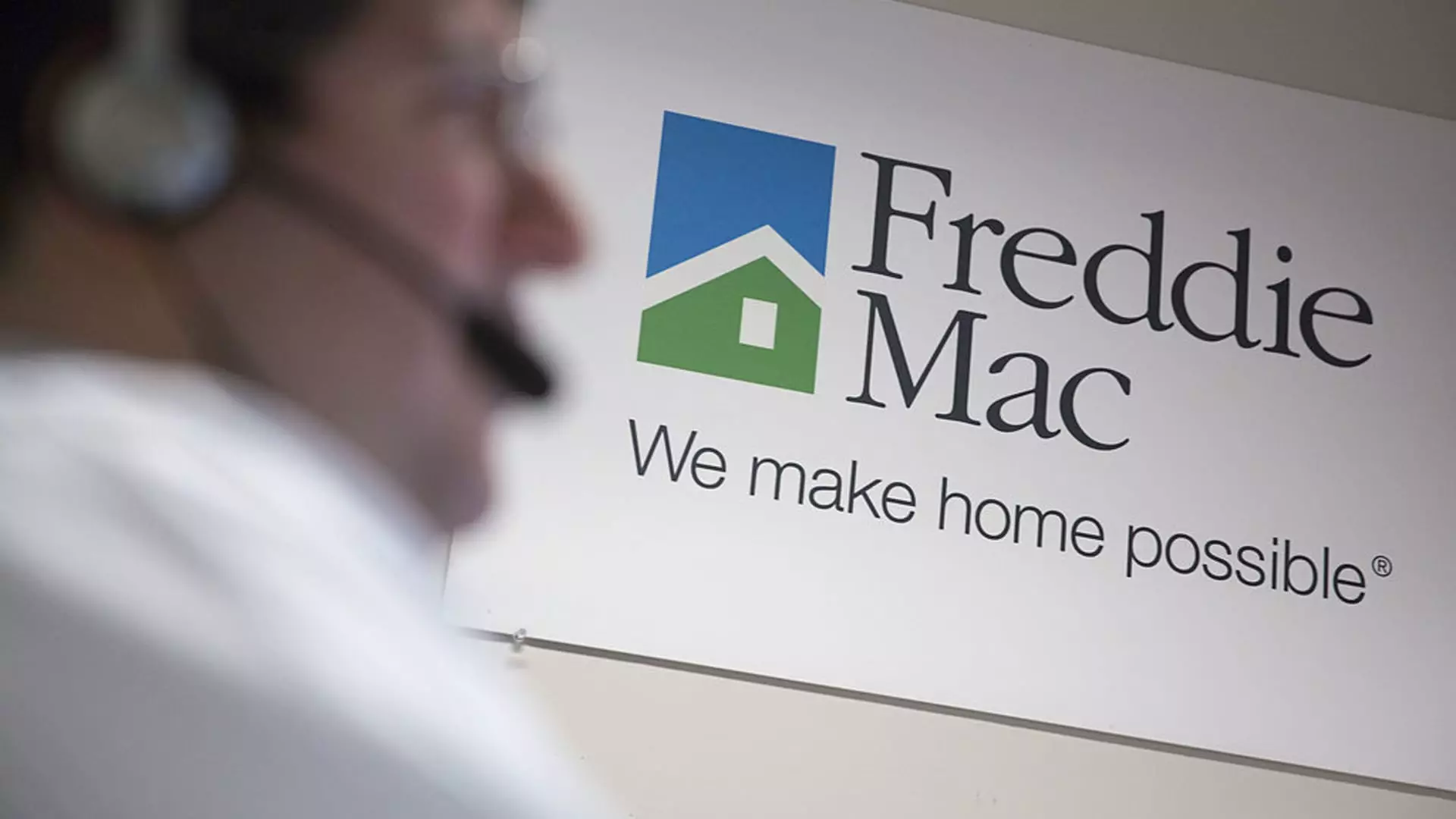Fannie Mae and Freddie Mac have long played a critical role in shaping the U.S. mortgage industry. While these two entities were originally established to facilitate home ownership and provide liquidity to the housing market, their fate took a dramatic turn during the financial crisis of 2008. Currently under federal conservatorship, discussions surrounding their future have intensified, especially with recent developments signaling a potential shift in their operational framework.
Entering conservatorship in September 2008, Fannie Mae and Freddie Mac became a focal point during the financial meltdown. The failure of numerous mortgage-backed securities precipitated a housing market collapse, which in turn led to mass defaults and foreclosures. According to the Federal Reserve Bank of Chicago, about 3.8 million homes were lost between 2007 and 2010. As part of the rescue operation, the U.S. Treasury Department provided substantial financial support, offering lines of credit worth $100 billion to both institutions, characterized by a series of profit sweeps to reclaim taxpayer funds.
Fast forward to today, the state of the economy has rekindled debates over whether it is prudent to transition Fannie Mae and Freddie Mac out of conservatorship. With a recovering housing market and rising home prices, the question arises: are these entities ready for any potential economic downturn? Mark Calabria, who formerly directed the Federal Housing Finance Agency, highlights a critical concern. While he expresses optimism regarding the economy’s current trajectory, he warns of the inherent risks posed to taxpayers in the absence of robust reforms.
Fannie Mae and Freddie Mac provide vital financial products that mitigate risks for investors and impact mortgage rates across the country. Should their operations transition back to private markets, changes in their structure could potentially influence mortgage rates significantly. While some experts, like Mark Zandi of Moody’s, forecast potential increases of 60 to 90 basis points in interest rates without federal backing, proponents of privatization argue that a return to private ownership could stabilize or even lower rates by introducing healthy market competition.
The story of Fannie Mae and Freddie Mac serves as a cautionary tale in the realm of financial management and regulation. Their experience illustrates the fragility of financial systems that rely heavily on government support. The leverage levels of these entities escalated dangerously before the crisis; with ratios reaching upwards of 1,000-1, they were left vulnerable when economic conditions soured. This historical oversight has led to calls for reforms that would ensure a more resilient structure for the future.
As the conversation progresses, the complexities surrounding Fannie Mae and Freddie Mac’s future become increasingly apparent. There are a multitude of stakeholders involved, from policymakers to private investors, all with vested interests in the outcome. The potential end of conservatorship carries benefits for the mortgage market but also poses significant questions regarding risk, oversight, and consumer protection.
Furthermore, if policymakers decide to end the government’s backing, it will require a well-thought-out strategy to avert a repeat of past mistakes while balancing the housing needs of all Americans. It is crucial that any reforms not only facilitate a smoother transition back to private markets but also secure the interests of taxpayers and homeowners alike.
The narrative surrounding Fannie Mae and Freddie Mac remains a critical issue in shaping the future of the U.S. mortgage market. As discussions on privatization progress, it is imperative to recognize the lessons learned from past mistakes while embracing new opportunities. The road ahead requires a careful balance between fostering a competitive marketplace and safeguarding against systemic risks, ensuring that the vision for a sustainable housing finance system is realized without compromising the stability and prosperity of American homeowners.

